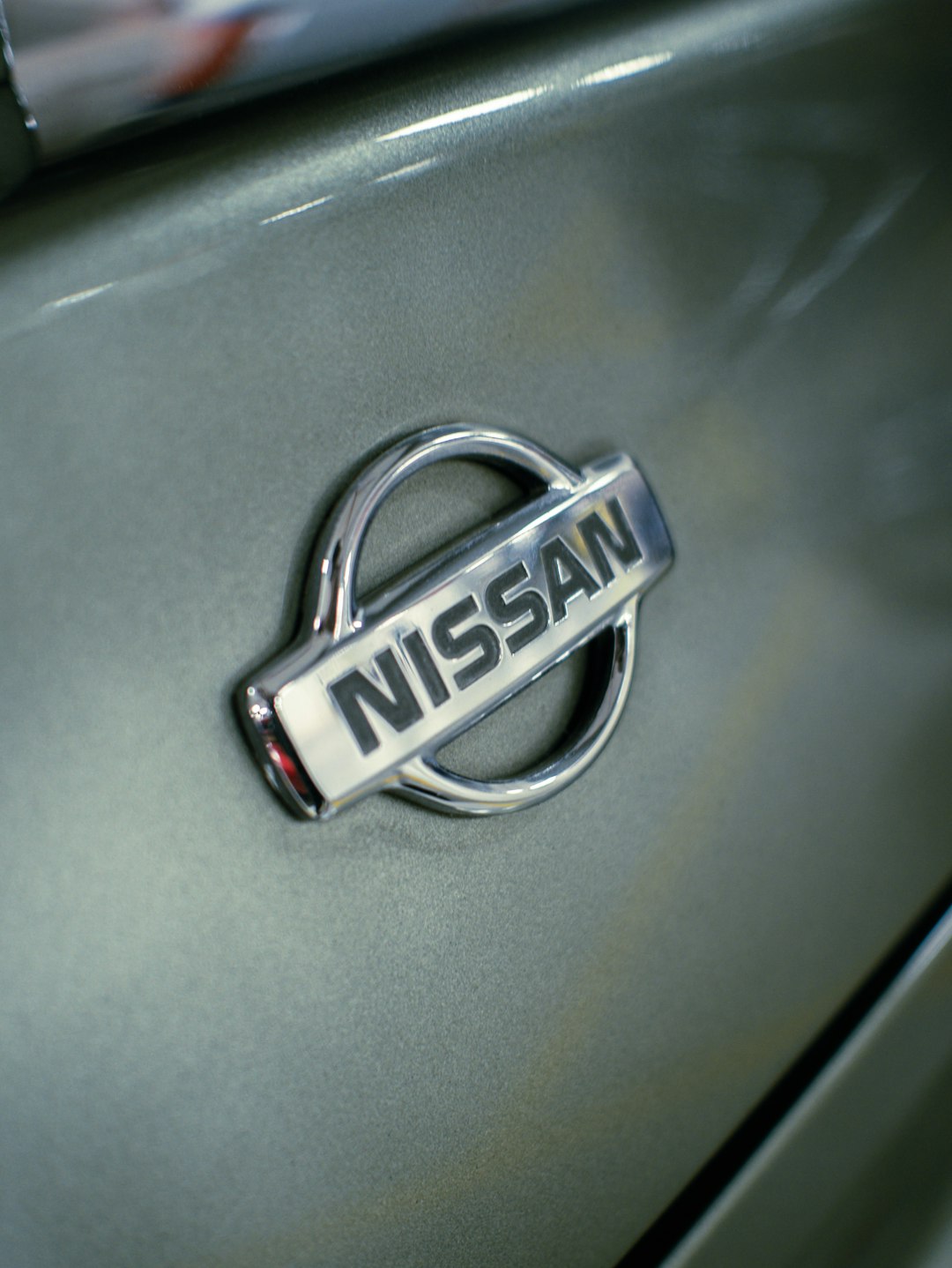If you’ve ever looked under the hood of your Nissan, you might’ve seen a label showing where the car was made. Maybe it said Japan, USA, Mexico, or even the UK. But does where your Nissan was built really matter?
The short answer is: yes, it can. Let’s have a little fun and break it down. We’re going to explore where Nissan makes its cars, how that affects the quality, and what it means for replacement parts. Buckle up!
Table of Contents
Where Are Nissans Made?
Nissan is a true global brand. They build cars and parts all over the world. Here are some of the biggest Nissan production countries today:
- Japan – The home base of Nissan.
- United States – A major hub for North American models.
- Mexico – A hotspot for affordable, high-volume production.
- United Kingdom – The birthplace of many of Nissan’s European models.
- Thailand – A key player in producing pickups and export models.
- China – One of Nissan’s largest markets and production centers.
Each country has its own role in building different models. For example, the Nissan Altima is mainly made in the USA. The Nissan Rogue is built in both the USA and Japan. The popular Nissan Navara pickup? That’s made in Thailand.

Does the Country of Production Affect Quality?
This is one of the biggest questions Nissan buyers ask. Let’s be honest—some people think cars made in Japan are the best. But is that always true?
Not necessarily. Nissan follows strict quality standards no matter where they build a car. That means a Nissan made in Mexico should be just as reliable as one made in Japan. But differences do exist. Let’s look at why.
1. Local Supplier Quality
Nissan often uses local suppliers near their factories. If a supplier’s parts aren’t up to the same standards as in Japan, it could affect quality. But remember, Nissan works hard to keep things consistent worldwide.
2. Labor Skill and Experience
A factory in Japan may have more experienced workers or more advanced robotics. That could mean fewer mistakes during assembly. Still, newer factories in the USA or Thailand are catching up fast.
3. Model Differences
Not all factories build the same models. Some models may have designs or features that are geared more toward certain markets. That can change durability or overall satisfaction.
Best Nissan Factory? Let’s Talk Reputation
Among car fans, Japanese-built Nissans often have the best reputation. They’re seen as ultra-reliable with top-notch attention to detail. But the best might depend on what you care about most:
- Want precision? Stick to a Japanese-built model.
- Want local parts and service? A USA-built Nissan may be easier to maintain.
- Looking for a budget-friendly option? Mexican-built Nissans might offer more bang for your buck.
How to Tell Where Your Nissan Was Made
It’s actually pretty easy. Just check your VIN (Vehicle Identification Number). The first letter or number tells you the country of origin.
- J – Japan
- 1 – USA
- 3 – Mexico
- S – United Kingdom
- L – China
You can find the VIN on the dashboard near the windshield, or on a sticker inside the driver’s side door.
What About Parts?
Here’s where things get interesting. Where your Nissan is built can also impact how easy (or hard) it is to find the right parts.
OEM vs Aftermarket
OEM means “Original Equipment Manufacturer.” That’s a fancy way of saying the parts are made by Nissan or a certified partner. Aftermarket parts are made by third-party companies.
If your Nissan was made in the USA, finding OEM parts is usually quick and cheap. But if it was made in Japan and you live in the USA, those parts might take longer to get shipped.
Are All Parts Interchangeable?
Not always. A door handle from a US-built Altima might not fit a Japanese-built one. That’s why it’s super important to use your VIN when ordering parts. It tells sellers exactly what you need.

Living in the US? Here’s What You’ll Likely Get
If you buy a new Nissan in the USA, it will probably come from the factory in Mississippi or Tennessee. These plants make models like:
- Nissan Altima
- Nissan Frontier
- Nissan Pathfinder
- Nissan Rogue (some versions)
These cars are made to suit American roads, climate, and driving styles. That’s a big plus when it comes to comfort and reliability.
Pros and Cons by Country
Let’s rank them! Here’s a fun cheat sheet on each major Nissan-producing country:
| Country | Pros | Cons |
|---|---|---|
| Japan | Top quality, super strict standards | Harder-to-source parts in other regions |
| USA | Easy parts access, strong local support | Occasional quality differences by model |
| Mexico | Cost-effective models | Mixed reviews on finish quality |
| UK | Great for European drivers | Less relevant for US customers |
| Thailand | Durable pickups and SUVs | Longer wait times for special parts |
Final Thoughts
So, does it matter where your Nissan was made? It can. But not always in a bad way. Nissan has spent decades perfecting their global systems. They work hard to ensure every car meets solid standards, no matter the factory.
The biggest impact of the factory origin is usually:
- Availability of matching parts
- Service knowledge at local dealerships
- Perceived resale value
So next time you see that little “J” or “1” on your VIN, you’ll know what it really means. It’s not just a number. It’s a glimpse into the car’s history.
In the End, Choose What Fits You
If you love a tight, quiet ride and don’t mind waiting for parts—go for a Japanese-built Nissan. If you want easy maintenance and fast fixes, a US-built one might be best. Either way, Nissan’s got you covered from Tokyo to Tennessee.
And remember—no matter where it’s built, a Nissan will still deliver that zippy, smooth drive we all enjoy.
Drive happy!




